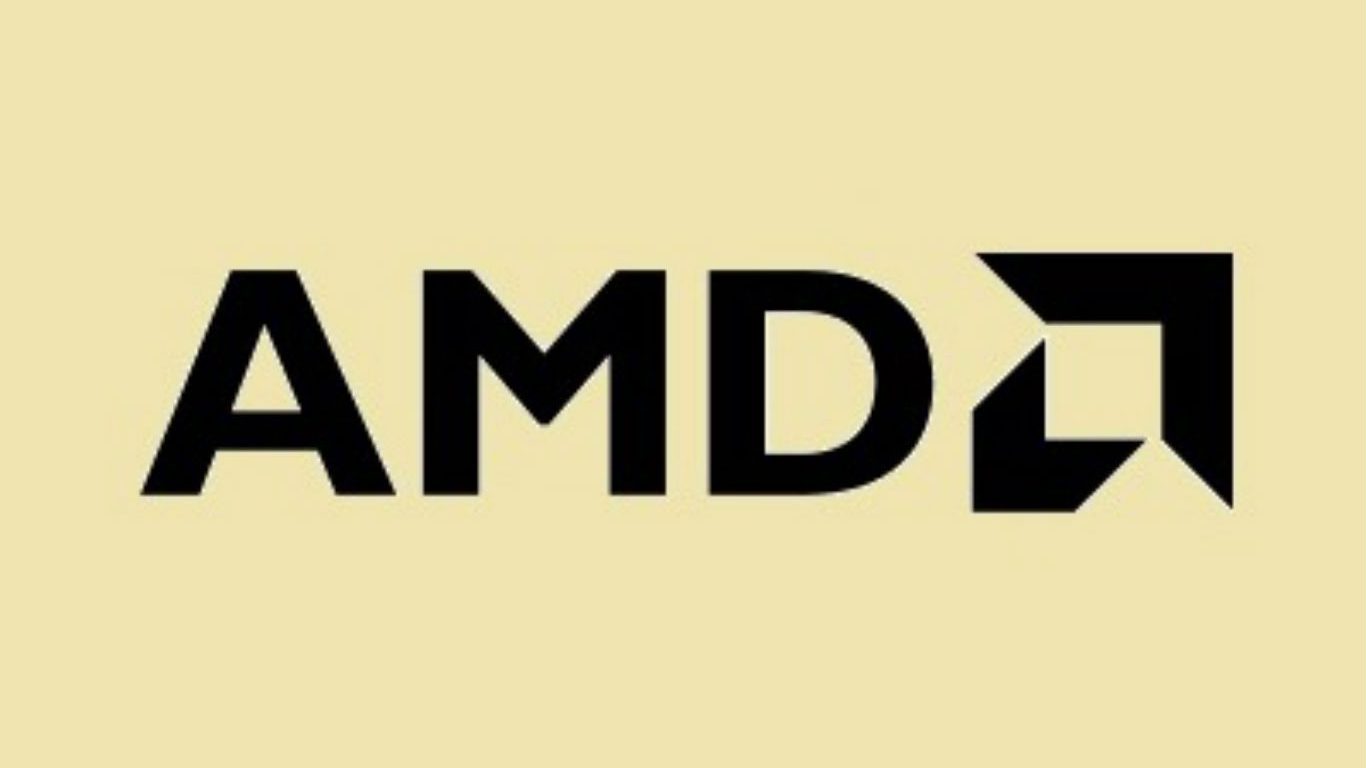
Chipmaker Advanced Micro Devices Inc. (NASDAQ: AMD) is on something of a roll. Sony Corp. (NYSE: SNE) revealed in early May that the company’s coming PlayStation 5 would use a CPU based on AMD’s Ryzen microprocessor and a graphics chip based on the company’s Radeon Navi line. Monday morning, the chipmaker announced that it had signed a multiyear licensing deal with Samsung giving the Korean giant access to AMD’s intellectual property in ultra-low-power, high-performance Radeon mobile graphics.
The deal is a win for AMD and its focus on building graphics processors that use less power while still offering the speed demanded by graphics-intensive apps like games. Samsung is licensing AMD’s new “highly-customizable” Radeon RDNA graphics architecture to use in mobile devices, including Samsung’s smartphones. The Korean firm will pay AMD unspecified license fees and royalties.
AMD CEO Dr. Lisa Su commented:
Adoption of our Radeon graphics technologies across the PC, game console, cloud and HPC markets has grown significantly and we are thrilled to now partner with industry leader Samsung to accelerate graphics innovation in the mobile market. This strategic partnership will extend the reach of our high-performance Radeon graphics into the mobile market, significantly expanding the Radeon user base and development ecosystem.
AMD’s key competitor in the graphics processing sector is Nvidia Inc. (NASDAQ: NVDA). Nvidia held the high ground (in terms of price and some capabilities) while AMD had been forced to compete on price. But the new RDNA graphics architecture promises to change that.
Nvidia has long promoted its ability to support ray tracing, a computing-intensive technology that offers higher quality lighting effects. AMD will not include ray tracing capability in the first release of the Radeon Navi chip, but, according to PCGamer, ray tracing is likely to appear in the next generation of Navi processors, the graphics unit likely to be the template for the PlayStation 5 when it is released. More than you may ever need to know about ray tracing can be found in an article in PCGamer.
Having that capability in a smartphone would be a tremendous boost for Samsung because the same hardware that supplies ray tracing capability also can be used to improve the smartphone’s sound quality and, eventually, could boost a device’s virtual reality capabilities.
AMD stock traded up about 6.5% early Monday morning, at $29.20 in a 52-week range of $14.31 to $34.14. The stock’s 12-month price target is $29.41.
Nvidia shares traded up about 1%, at 136.88 in a 52-week range of $124.46 to $292.76. The stock’s price target is $187.71.
Thank you for reading! Have some feedback for us?
Contact the 24/7 Wall St. editorial team.

 24/7 Wall St.
24/7 Wall St.



